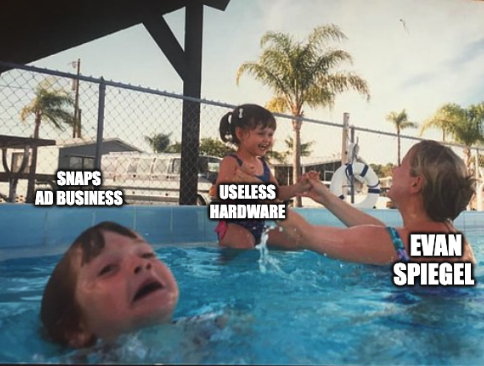
Sponsored By: Write of Passage
This article is brought to you by Write of Passage, an online course taught by David Perell designed to help you become a better writer and start building a reputation online.
Programming Note: Apologies this is coming out so late! Had a very sick puppy today, and as much as I love being on time when I post, I love my dog more. She is fine now—thanks for your patience!
Let’s look at some dire bullet points:
- Over the last 12 months, Snap stock is down ~87%.
- All headcount growth has been frozen
- The company refuses to give guidance for Q3
- It is currently trading for less than the price it IPO’d at five years ago (2017)
- It had a negative cash flow of $147M in Q2
- Simultaneously, it is doing $500M in stock buybacks (doing this while having negative cash flow is just a way to prevent dilution from stock-based compensation and prop up a stock price)
In times of crisis, founders are expected to rise to the occasion, to become wartime leaders, to lead their employees to glory and riches. Evan Spiegel’s response? Announcing a stock split that will allow him to sell shares without reducing his super-voting powers.
Ugh.
If you had predicted this outcome a few years ago, you would’ve been a laughingstock. Analyst reports on the company were full of hope, pushing the narrative of augmented reality (AR) and international growth. Investor presentations were filled with bold promises of a future where Snap was an advertising leader. They were so bullish that (only a year ago!) they promised to deliver 50%+ of yearly revenue growth. Instead, in Q2 they only delivered 13%. All of this points to a company that doesn’t understand what is happening to its own business.
Good writing is an unfair competitive advantage. Writers get more visibility online, and that visibility translates into their own personal monopolies. This newsletter itself is a testament to the power of writing online. I started from nowhere special and my writing has completely transformed my career.
If you are looking to improve your writing skills and start building your reputation online, then look no further than Write of Passage. It’s a course created by David Perell that will help you uncover your strengths, clearly communicate your value, and start gaining more visibility. Join thousands of other students like Packy McCormick and Ana Lorena Fabrega by accessing a free lesson from the course by clicking the link below.
However, what has gone wrong isn’t a secret or some grand mystery. It is a combination of poor execution coupled with a fundamental misunderstanding of the digital ad market. Using the company’s most recent investor presentation as a visual aid, today’s piece will be in two parts. First an examination of their growth/product and second, an in-depth guide/analysis of their role in the digital ad market.
The problems start, unfortunately, at slide 1.
Positioning
Snapchat is a camera company that doesn’t actually sell a camera. The equivalent would be Zoom saying “We are a webcam company.” It makes no sense! I feel like I’m taking crazy pills that no one else sees how bizarre this claim is. Snap is a company that utilizes other devices’ cameras to facilitate their messaging and entertainment app.
Focusing the mission of the company on being a “camera company” has led the organization in a totally fruitless exercise of hardware development. Their first effort, the Spectacles, had an incredible marketing campaign in 2017. Popup machines dispensing the glasses were everywhere and the media was abuzz with how cool the launch was.
Despite this, they overproduced and took a $40M loss while selling less than 500K units. For comparison, in 2018 Apple sold ~600K iPhones a day (these devices actually have cameras people use). Followup hardware from Snap hasn't done any better, with various Spectacle iterations not making any material fiscal difference and their newest device, a selfie drone, has been underproduced with a 12+ week wait time. Poor execution is abundant.
Even if you argued that a camera is the combination of hardware and software (and this is an argument I’m inclined to agree with) Snap is still missing 50% of the materials required.
All of this is a distraction, a narrative mirage to distract retail investors. This incorrect positioning is purposeful because it allows the company the room to burn cash on vanity projects and enjoy an innovation premium in their stock price. If you were to evaluate this as a media company that monetizes via ads, it is doing a laughable job. If you were to evaluate this as a camera company *I grimaced as I typed that phrase* then the whole social media thing is just a stepping stone to an AR future.
Ugh. Onto the next slide.
The company has been pushing this “angelic halo of innovation” narrative since their 2020 investor day. And looking at this chart, you would think that Snapchat’s product improvements have been key to its growth. However, compare it with this graph from the deck:
Almost all of its growth has come from international expansion (particularly in India). The change that happened in 2018? They released a functioning Android app. That's it folks. The rest of the “innovations,” acquisitions, releases, and announcements resulted in comparatively pitiful growth. TikTok added 500M users in 2 quarters in 2020! Shoot, even stodgy Meta added more users over the same time period.
I am happy to pay an innovation premium to a company that deserves it. Some teams are just better at making cool stuff, and those stocks will be more expensive. Snapchat’s argument that they have had a “decade of innovation” would only be true if they were generating differentiated user growth. That simply isn’t true. The company’s most recent products include a subscription-supported Snapchat+ that has exclusive features; their other big release was a web version of their app. Both of these feel like iterative improvements of a product team desperate to eke out more growth. These are normal and good things to build! But Snap should be in “Oh no, we might die” mode. These launches are not big innovations of totally new products like the company pretends or advertises. Or, when Snap does do something innovative, it ends up being small.
Really, the biggest competitive threat is TikTok, and while Snap has a similar video feed within its app, it doesn’t have the same power or capabilities as TikTok. The company's last exponential growth-inducing innovation was the stories format in October 2013. Everything since then has just been in the service of linear growth.
The problems don’t stop there. Monetization is busted too.
Ads, Ads, Ads
If a company is bragging about how they make less revenue per user than Twitter, investors should panic. Look, I recognize the argument the company is trying to make here. Yes, Meta makes more per user and has a lot more daily active users. The intellectually lazy (dishonest?) position would be that Snapchat will inevitably get there too. However, it’s not at all inevitable, and in fact, I highly doubt they ever will monetize each user as well as Meta can.
To understand why, you have to know how the digital advertising market works. I recognize that this goes fairly in-depth, perhaps a little more than is naturally comfortable, but the details really matter here. Snap has skirted by with surface-level analysis, but it is in the details of the ad market that the whole business falls apart. I’ll explain how it works and compare Snap’s capabilities to the gold standard of Meta.
Social media platforms’ ad efficacy is determined by 3 interrelated buckets of variables:
- Ad Performance: How well the average ad does on the platform and how measurable are those results
- Ad Inventory: How many slots and formats of ad space does the platform have to sell
- Ad Price: Whether ad inventory is determined via auction mechanics or contract sales
Ad Performance
Ad performance is determined by two variables: targeting and attribution. I wrote about this pretty extensively in a previous piece on Twitter, but a quick quote:
“Targeting means the ability to get your ad in front of the person who is willing to buy it… What matters is being able to pair targeting data with attribution.
The Butch Cassidy to demographic data’s Sundance Kid is user behavior. It is your demographic profile plus a history of everything you’ve ever purchased. For many years, this was the ad world we lived in! Facebook would know everything about you and then you would click an ad. Once you left a Facebook property, you would go to where the advertiser linked you. Here, the advertiser would shoot you with a digital tracing dart, colloquially known as a Facebook pixel, to see where you came from and what you did. (If you were going from app to app, they would use Facebook’s SDK). The data from the pixel or the SDK would feed back into Facebook’s models, making the ads ever more accurate. The end result is that you could be followed around the internet, with websites knowing your demographic profile and what you liked to click/buy.
However, everything has changed. Pixels are slowly being depreciated with the gasping demise of cookies. And most consequentially, Apple has rolled out app transparency tracking (ATT) where users can opt-out of being tracked from app to app.”
Similar to Facebook, Snapchat has a pixel of its own. In my conversations with multiple growth marketers managing multi-million dollar budgets, they said that while Snap’s targeting/attribution was better than Twitter or Pinterest, Meta’s was leagues superior. ATT likely exaggerated this dynamic, and Snap’s mediocre system is now completely broken.
The targeting wasn’t as good because Snapchat’s audience was almost exclusively 13-34-year-olds, but also because intent isn’t particularly strong. When you are scrolling through Snap stories or sending photo messages, you probably aren’t looking for new socks to be advertised to you. However, attribution is where Snap really got in trouble.
Their struggles with ATT are especially confusing seeing as a year ago Snap’s CEO was perfectly ok with the changes Apple was making. His attitude seemed to reflect a remarkable degree of blase. “We’re really aligned with them on the changes they’re making to help protect privacy. And so far, the early investments we made starting almost 10 years ago to protect user privacy on our platform are really paying off.”
About 6 months later, the company announced that Evan Spiegel had been speaking entirely in jest as he thought it was, in fact, Opposite Day during that interview. Apple’s changes had affected them in a serious way (the stock price dropped 20% following this announcement). This pattern of flip-flopping played out one more time with earnings in January being more positive than expected, than the most recent Q2 disaster. Yikes.
Again, this is an unserious company that doesn’t understand the business they are in.
Ad Inventory
The second bucket that matters is Ad Inventory. Inventory value is determined by the format of ad offered to advertisers and the volume of ads that a platform can sustain. The best platforms have easy-to-use formats on a site where the consumers are happy to be served ads and will be scrolling on the site for a long time.
Here again, Snapchat’s hyperbole overpromises its capabilities. Their deck is littered with references about how their AR capabilities help them sell inventory.
Another one:
And in their defense, they do have more typical video formats that other advertisers use.
However, these formats are tough to scale. I’ll let the queen of ads, Sheryl Sandberg, make my point for me. She said this yesterday during the Meta earnings call.
“We know we need to make it really easy for advertisers to create that content. We know we need to give them measurable tools, and we've gotten better at selling the next product, and I think we’ll continue to get better at that going forward. But as you do say, there are still some challenges. Video is harder than photos, than static photos.
Small businesses are better at static photos than they are at video. So this is a new format that we have to help them use…But the idea is to help businesses really easily create those Reels ads, really easily test them so they can iterate and keep improving as we do this. So I think it’s very promising but we’ve got some hard work ahead of us.”
If Meta is struggling to get advertisers to produce video ads, you can bet that Snap’s problems are even greater! Worse, only Snap is really pushing AR ads. This means that this type of ad inventory will be limited to large-scale, enterprise marketing teams. Far less efficient than a bottom-up system.
Additionally, because Snap has a much smaller audience on their platform, they have fewer overall ad units to fill. This means that advertisers will run out of their target audience more quickly. Melissa Hanson, a growth marketing manager at Bamboo, explained it to me like this:
"Some of our clients acquire customers from Snap more cost effectively than they do on Facebook and Instagram. The catch is that Snap still can't compete with Meta's scale, so budgets still skew heavily toward Meta.”
Ad Price
The final determinant of ad platform efficacy is how much they can charge per ad.
Ad price is a function of the volume of bidders, how much those bidders are willing to pay, and by which method the price is set. The more bidders there are available (e.g., the more companies that are looking to advertise) the higher the price. Simply supply and demand doing its thing. However, this only works in an ad system where ads are priced via real-time auction. If the price is set by pre-determined negotiation, as with the AR ads we discussed earlier, then the revenue-maximizing ad price is thrown out the window. This can hold true for pure-play brand ads and performance marketing ads.
As we discussed earlier, ATT has completely broken ad systems that relied on 3rd party tracking. Simultaneously, the company blamed that macro conditions have caused a deterioration in companies doing brand deals.
All of these points together point to a company in real trouble.
Conclusion
A TL;DR that will make Snap shareholders very sad:
- Snap’s product innovations have resulted in linear, slow growth
- The last innovation they had that resulted in exponential growth was in 2013
- The primary growth driver has been an Android app for international expansion
- Snap’s ad machine was broken by ATT
- Brand ads that didn’t care about attribution were broken by macro conditions
- Snap’s favorite ad formats severely limit the availability of advertisers
The tasks facing the company are tremendous. Snap must simultaneously remake its entire ad infrastructure to work with ATT, kick growth into a higher gear, and keep nervous advertisers on the platform.
When I initially wrote this piece, I had hoped to end it on an optimistic note. I am aware of the Snap employees who read this newsletter and I would like to offer hope. And there is a version of reality where everything can be made right! Snap could skirt ATT by bringing attribution in-house by allowing transactions to occur on the platform. They could combine messaging and TikTok’s vertical scroll format into a really compelling product to spur growth. They could bring additional advertisers to the platform via mega-brand advertising deals. However, this executive team has never shown the ability to execute as a public company—so why would a recession change that?
Find Out What
Comes Next in Tech.
Start your free trial.
New ideas to help you build the future—in your inbox, every day. Trusted by over 75,000 readers.
SubscribeAlready have an account? Sign in
What's included?
-
Unlimited access to our daily essays by Dan Shipper, Evan Armstrong, and a roster of the best tech writers on the internet
-
Full access to an archive of hundreds of in-depth articles
-
-
Priority access and subscriber-only discounts to courses, events, and more
-
Ad-free experience
-
Access to our Discord community
Thanks to our Sponsor: Write of Passage
If you are looking for ways to become a better writer and increase your visibility online, David Perell is here to help. To get started for free, he’s created a guide to help you discover your strengths, communicate your value, and build your reputation online. To get a free lesson from his Write of Passage course click the link below.
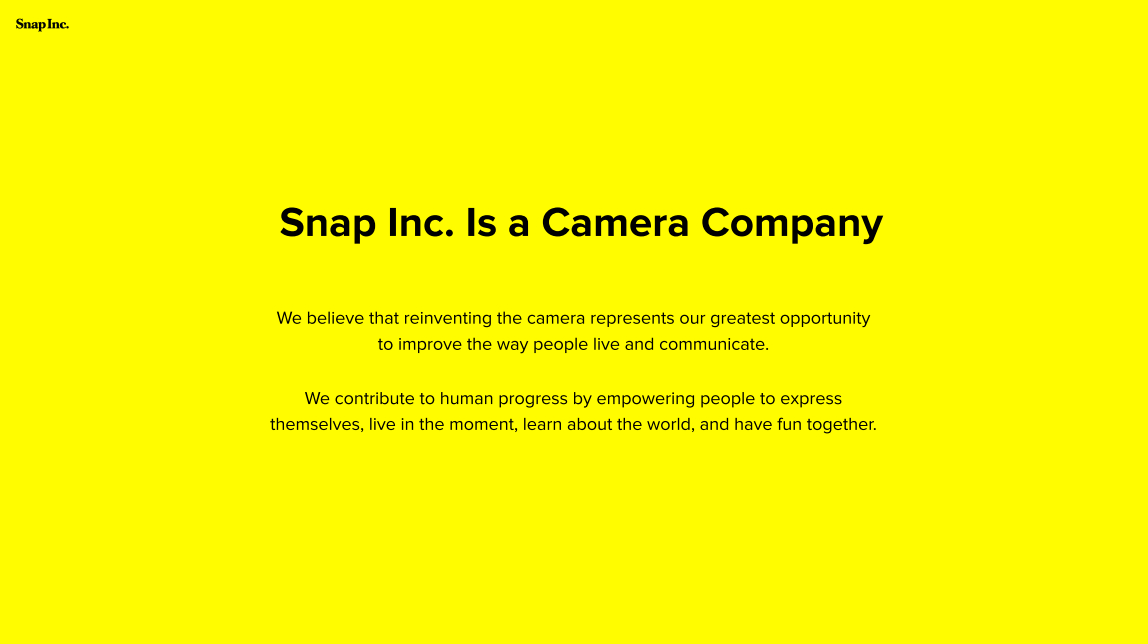

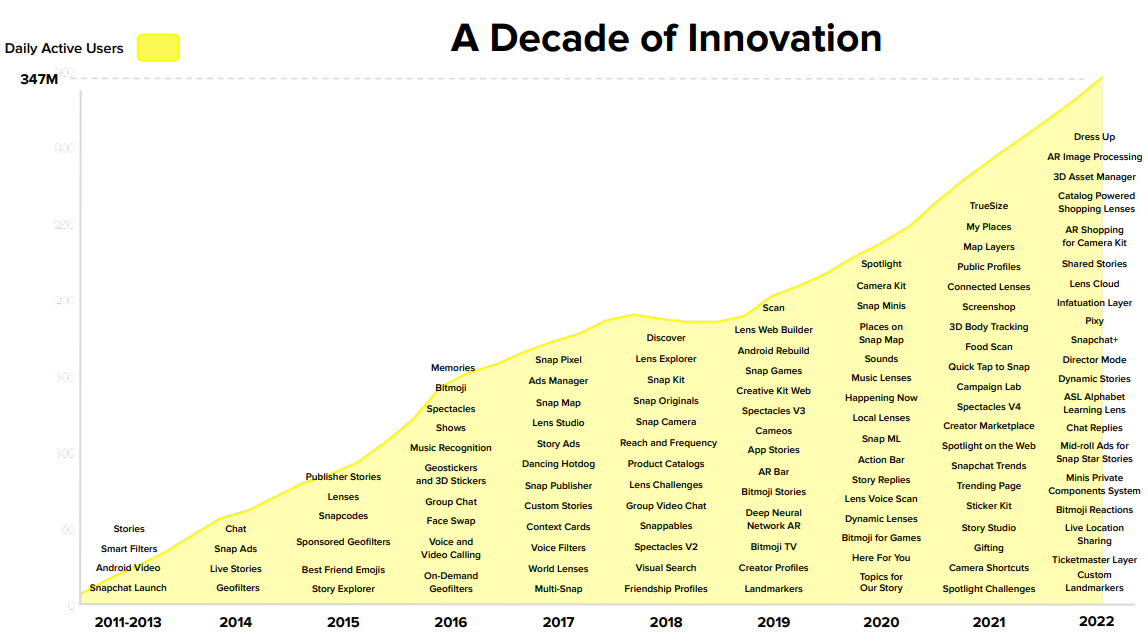
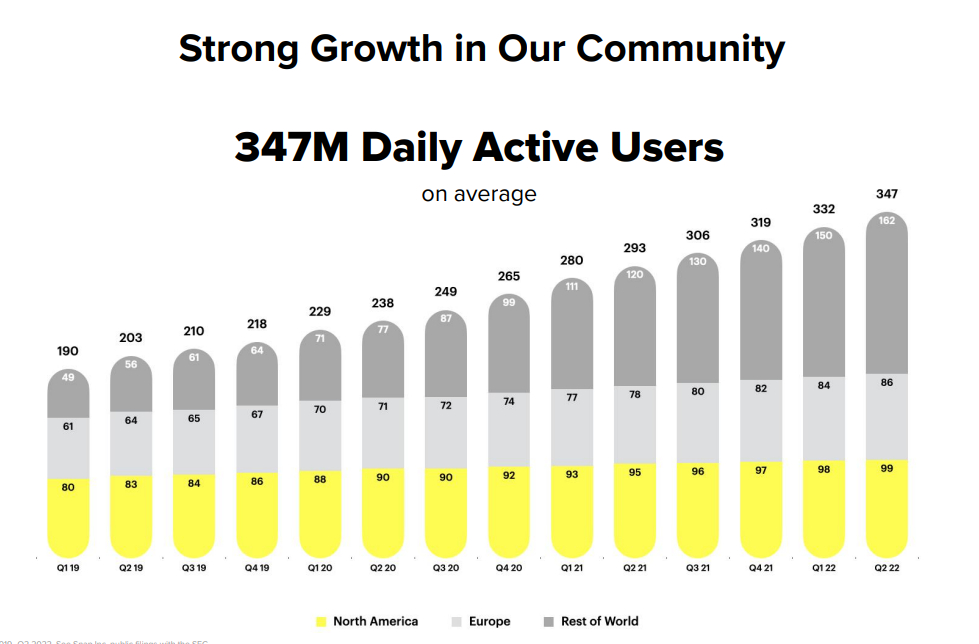

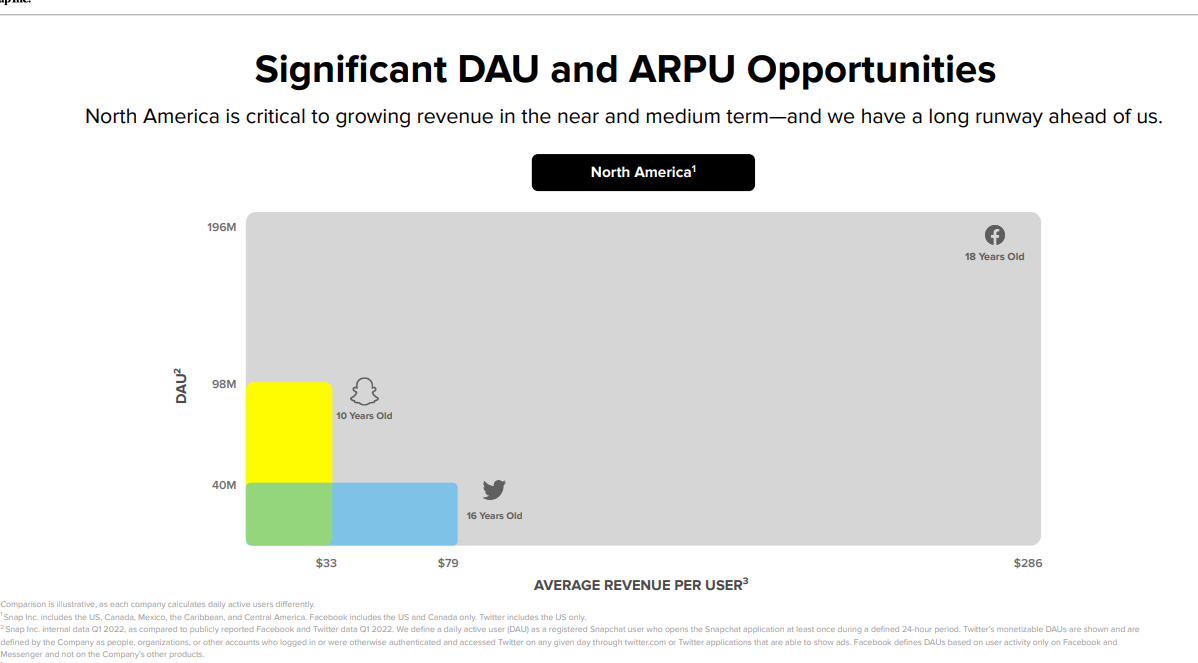
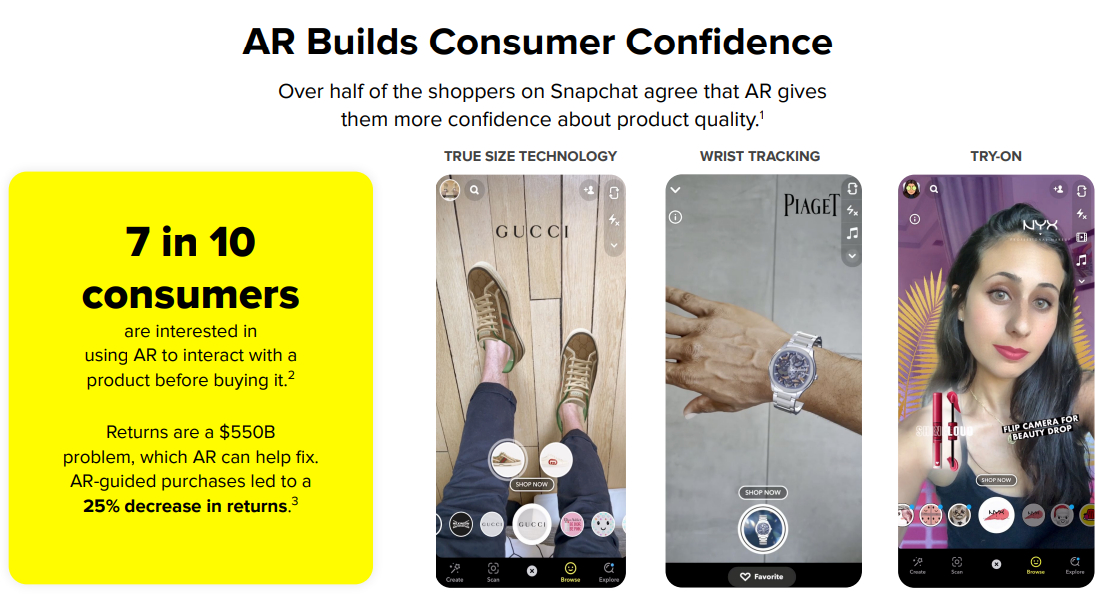
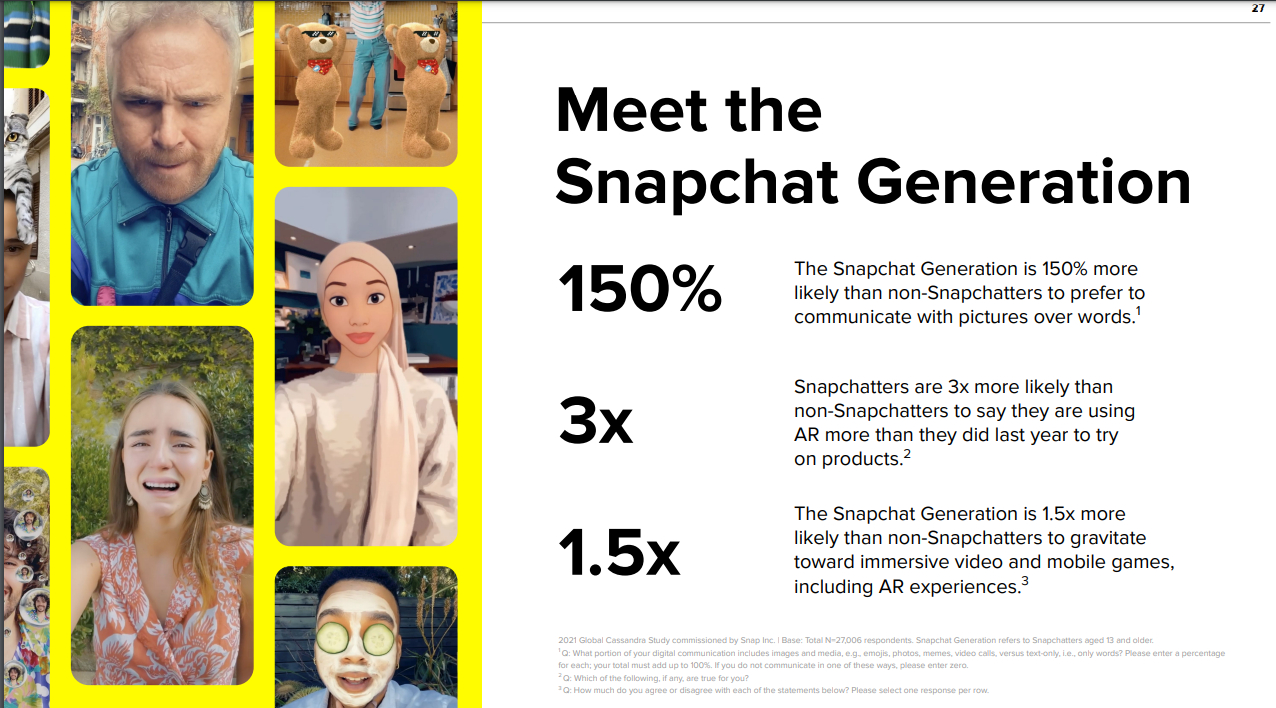
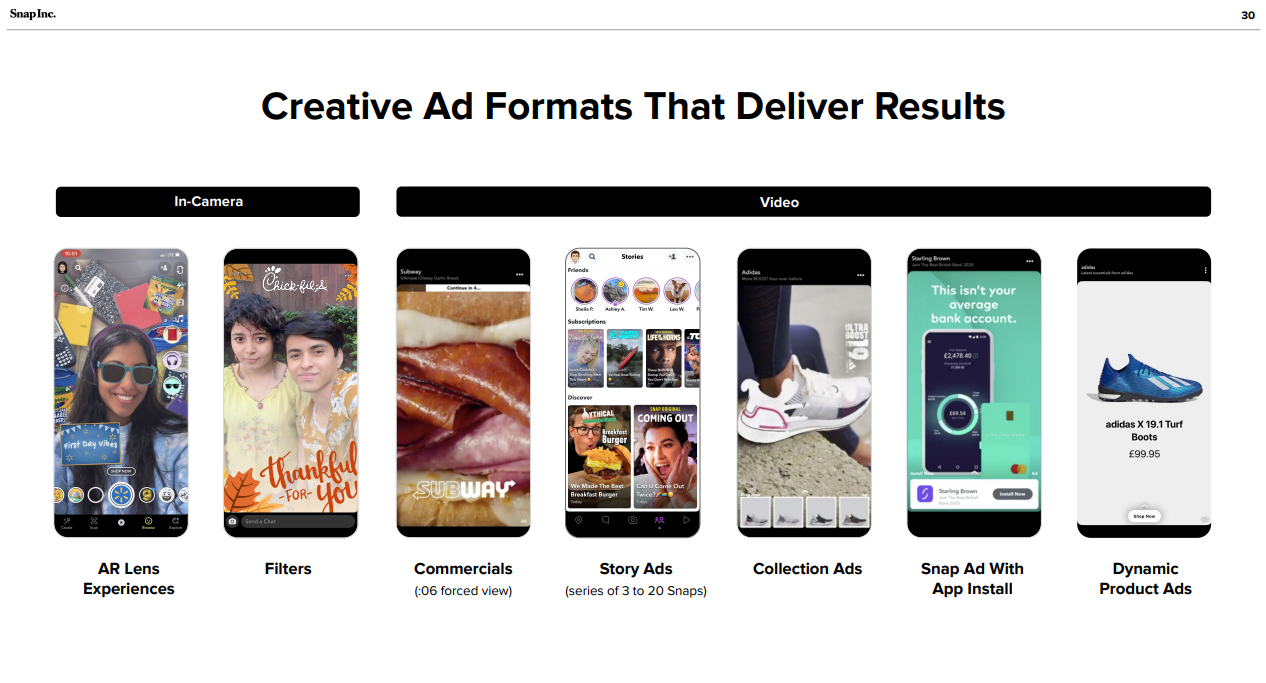



Comments
Don't have an account? Sign up!